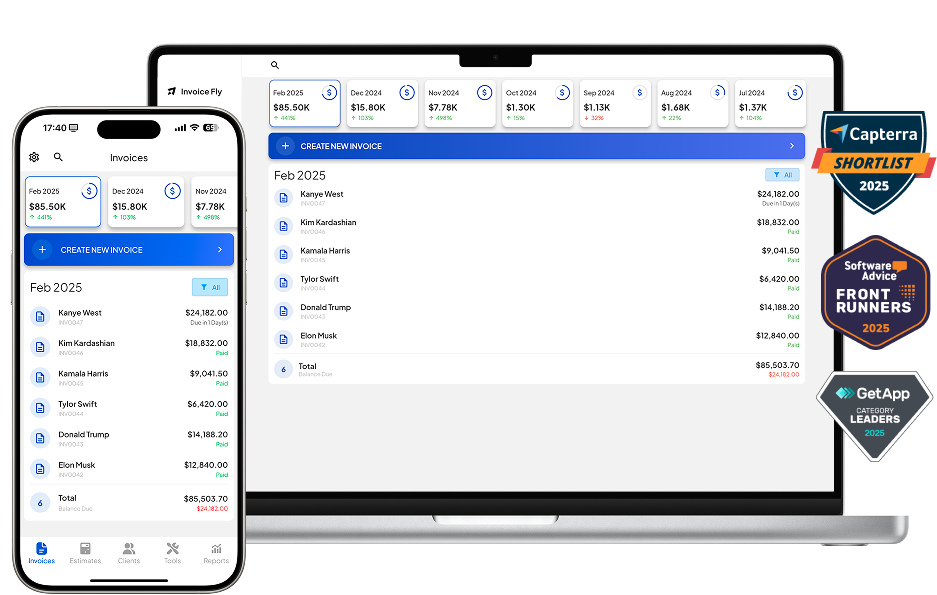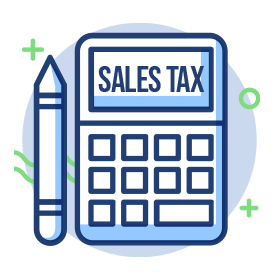- Home
- »
- Free Resources for Small Businesses
- »
- Free Business Calculators
- »
- Break-Even Point Calculator
Break-Even Point (BEP) Calculator
Calculate the point where you will begin to have a profitable business, either in Units.
Break-Even Point (BEP) Calculator
Salaries, Insurance, Rent, Loan Payments, Utilities, etc.
Raw materials, piece-rate labor, production supplies, commissions, credit card fees, etc

Total Summary
BEP Calculator
FAQs
You can track the time spent on a client's work using the Client Time Tracking feature. You can find this feature under the Tools section. This allows you to log hours for each job.
Yes, we do offer quotes. To enable quotes, follow these steps:
1. Go to Settings the app.
2. Select "More Options" from the settings menu.
You can toggle the option to convert estimates into quotes.
Not yet. Currently, each business requires its own separate account. However, we are working on this feature and hope to offer it as soon as possible.
To upgrade your subscription for Invoice Fly, follow these steps based on your device:
iOS & Android
1. Launch the Invoice Fly app on your device.
Log in to your account using your credentials.
2. Click on the Settings icon located in the top left part of the screen.
3. In the settings menu, look for and click on the option labeled "Upgrade Plan". This option will only appear if you already have a subscription plan.
Once you've clicked on "Upgrade Plan", you'll be directed to a screen displaying the "Upgrade Now" button. Click on this button to proceed.
You will be prompted to confirm the payment method. You can choose to pay via Apple Pay or Google Payment, depending on your device.
Follow the on-screen instructions to confirm the payment and complete the upgrade process.
Stripe
To upgrade your subscription via Stripe, please contact us directly through our website at https://www.labhouse.io/ or use the "Report an Issue" button in the Invoice Fly app.
Other Free Calculators

Try Invoice Fly Today
- Send quotes & invoices in seconds
- Collect card & online payments
- Receive instant notifications
- Win more jobs




